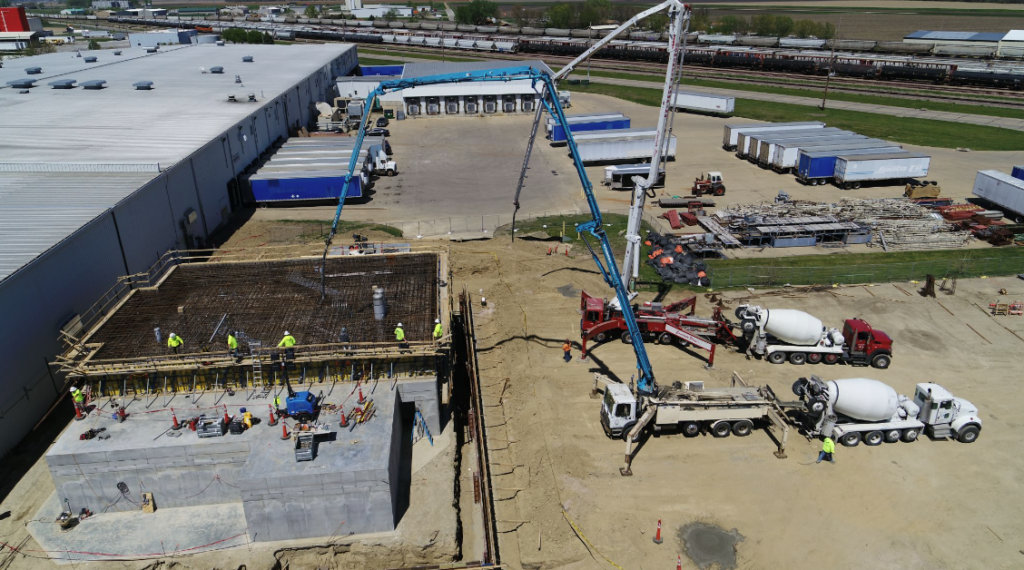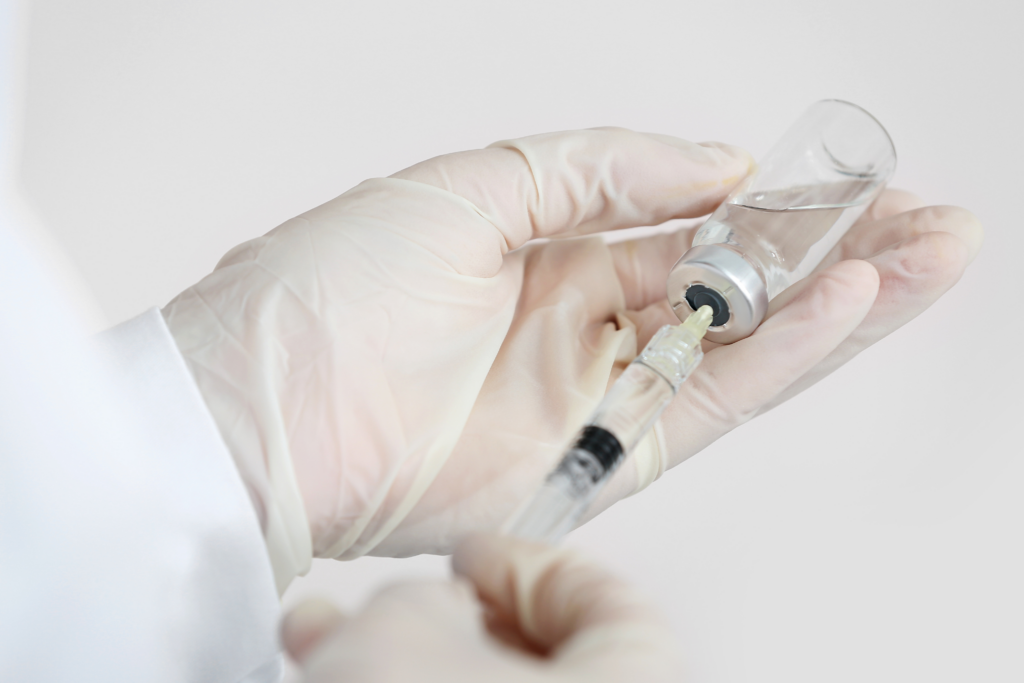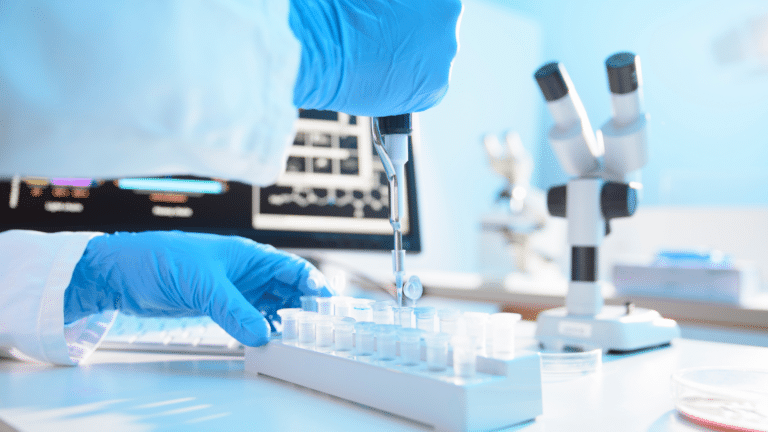Key Article Takeaways
- Ethylene Oxide (EO) Sustainability Concerns: EPA-driven plant shutdowns have reduced US commercial EO facilities from 96 (Jan 2022) to 86 (June 2023), making medical device manufacturers scramble to find alternatives.
- EO’s Changing Landscape: Regulatory actions and lawsuits create a challenging outlook. Settlements for EO lawsuits from one company alone total close to $900M.
- E-Beam is a Viable Alternative: E-Beam technology, pioneered by Johnson & Johnson in the 1950s, has emerged as a sustainable EO alternative. It could address up to 60% of the medical device terminal sterilization market over the long term.
- Call for Industry Transition: Urgent industry and governmental action is needed for a progressive EO emissions reduction plan over the next decade to ensures a resilient and environmentally-conscious medical device supply chain.
Medical device manufacturers: Contact us now to proactively navigate the evolving landscape, save yourself future headaches, and optimize your sterilization processes. Let’s shape the future of sterilization together. Reach out at hello@nextbeam.com.

EO: from back-room to the C-suite
Sterilization was traditionally a quality function that received little attention from senior leadership: it was well-outlined by ISO standards and has been for decades, and Ethylene Oxide (EO) and Gamma sterilization – the two dominant modalities – have traditionally existed in large supply and been relatively small components of cost for most manufactured devices. Ethylene oxide is the larger of the two modalities – approximately 50% of medical devices are sterilized via EO; 40% are sterilized by Gamma.
But in 2006 the EPA began revisiting its classification of EO with an eye to lowering the acceptable safe levels produced by industrial processes. Fast forward nearly 20 years, and we have seen a string of regulatory actions that suggest that the cost of EO will rise and its availability will decrease. Couple this with an increasing number of lawsuits – some not against EO sterilizers themselves, but now against their customers, and the outlook for EO is challenging.
EPA-driven EO plant shutdowns in Willowbrook and Atlanta (2019) also caused supply chain issues that were exacerbated by the CoV-19 pandemic.
As a point of reference: the number of commercial EO facilities in the US has shrunk from 96 (Jan 2022) to 86 (June 2023). We expect this number to continue to slowly decrease. With facilities closing and in the face of mounting legal risk, medical device companies are now seeking alternatives to EO sterilization, and senior leadership is engaging in what is now a strategic supply chain decision.
Maybe reducing EO isn’t such a bad thing
By its very nature, EO is a chemical that is a) extremely inimical / carcinogenic to living organisms and b) designed to be especially effective in permeating physical barriers to thoroughly sterilize medical devices. In other words: its strength as a sterilant naturally makes it a dangerous chemical that will be difficult to control.
Historically, EO’s attractiveness was based on its availability (high), cost (low), and material compatibility (wide). But with today’s serious concerns around public health, legal risk, and supply chain resiliency, manufacturers are looking for strategies to mitigate risk while minimizing impact on growth that they must deliver for shareholders.

The industry’s public position isn’t wrong, but it is shortsighted
In October of this year, AdvaMed CEO Scott Whitaker testified before Congress. Specifically, AdvaMed is representing EO as a modality that is critical to the national sterilization supply chain: one that will cause catastrophic supply chain disruptions if the EPA’s upcoming regulation is too heavy-handed.
AdvaMed is right to be concerned about legislation that risks the shutdown of large portions of our nation’s medical device supply chain. Both FDA and EPA know that this is not a winning move, and we at NextBeam have little doubt that a more reasonable position will be found.
But as a nation we must learn from the lessons of the CoV-19 pandemic (e.g. the importance of robust supply chains – especially for sterilization services) as well as the EPA’s current concerns and move towards building out a sustainable and scalable sterilization supply chain for our medical device industry.
Improving the emissions controls of EO plants is a short-sighted solution: it does not wholly eliminate legal risk, does not provide for growth (imagine the challenge of building new EO facilities in the US given legal/regulatory headwinds), and ultimately kicks the can down the road to when the EPA decides to next reevaluate the risk EO poses to communities and sterilizer operators.
Additionally, the cost of upgraded environmental controls to comply with new EPA regulations will further reduce competition in the sterilization market: only the largest players in the market will be able to afford the cost of $30-40M upgrades to their EO facilities. Moreover, these upgrades typically reduce the capacity of the facility by 15-25%. And eventually the cost of these retrofits, their per-facility capacity reduction, and especially the lack of competition that both create will find its way back to the consumer in the form of increased healthcare costs.
Currently, there is only one modality that offers sustainability with minimal technology / regulatory risk: Electron Beam (E-Beam) technology.
E-Beam is a well understood FDA “Established Category A method” for sterilization that was first pioneered in the 1950s by Johnson & Johnson. Modern large-scale E-Beam plants, similar to NextBeam’s, transform grid electricity to high-energy radiation and scan products with it to sterilize them: no dangerous or difficult-to-source radioactive material is required or created.

Why isn’t E-Beam a panacea to what the industry needs?
E-Beam isn’t a “silver bullet” solution to replace EO or Gamma entirely, but transferring from these modalities to E-Beam is likely possible for many, if not the majority, of medical devices:
EO-to-E-Beam transfer discussions primarily focus on material compatibility concerns. Some common medical device materials like PTFE (commonly known as Teflon) are not compatible with radiation doses typically used for sterilization. PTFE-heavy products include things like catheters. But we expect that < 20% of devices have materials that are not compatible with radiation (or could not be swapped for a material that is compatible).
Gamma-to-E-Beam transfer evaluations hinge on radiation dose penetration. E-Beam’s high-energy electrons are larger and heavier than Gamma particles and thus do not penetrate as deeply, so having products packaged correctly is critical (we have written extensively about Gamma-to-E-Beam transfers). If depth-of-penetration or dose uniformity can’t be achieved via simple packaging modification (rare for medical devices), then X-ray, a derivative of E-Beam with greater penetration, is another option.
So E-Beam is not a panacea, but we estimate that E-Beam / X-ray technologies (collectively “Beam”) could likely address half of the EO market over time, with a mix of “basic” material changes while Beam should be able to address > 80% of the Gamma market. Collectively the total addressable market is 50-60% of medical device terminal sterilization.

If E-Beam is so great… why hasn’t it happened yet?
Even though it’s not a solution for all products, E-Beam still could make a major “dent” in the EO problem nationwide, if not globally. Change is slow for several reasons:
- Transferring existing Class II/III medical devices into Beam is nontrivial. Often these transfers will require extensive retesting of products to ensure that their function and biocompatibility are not materially affected. Sometimes changes to the product or its packaging are necessary, which adds engineering cycles to the challenge. And even in the face of rising sterilization costs, the amount of engineering labor needed to make, test, and validate these changes in many cases will not pencil out. Variation on time/dollar cost here is significant, but we have seen large customers budget 18mo and $2-5 million for engineering and regulatory costs per product family.
- The sterilization industry is not incented to change. Over 2/3rds of the contract sterilization industry in the US is dominated by either Sotera Health’s Sterigenics business unit or STERIS AST. Both of these companies have massive legacy investments in EO and Gamma (these comprise ~80% of their installation base). Actively driving customers away from these technologies is dilutive to the best commercial interests of these providers.
- Regulatory reasons complicate the challenge. While FDA has initiated programs and provides guidance designed to make these transitions easier, the detailed, product-specific nature of these transitions makes it difficult for the regulator to weigh in with a “simple, one-size fits all” solution. Additionally, products that are marketed globally must comply with a set of different regulations: even if FDA can provide a clear / quick path forward, the equivalent regulator in other countries often has different rules for sterilization modality changes.

How can we better move forward with Beam and other sustainable sterilization technologies?
We can’t sunset EO tomorrow, or even over the next 5 years. But what we can do is work to build a thriving network of sustainable sterilization sites based on mature, bankable technologies like E-Beam and X-ray, and the impact that they can have is significant: moving 50-60% of medical devices away from non-sustainable methods like EO over time would be an enormous step forward. That was the vision that we founded NextBeam with, and we continue to believe in it.
We believe that AdvaMed, industry, and regulators and others should agree on a reasonable plan for transition away from EO:
- A progressive and reasonable path to reducing EO emissions over the next 5 – 10 years that does not starve the country of sterilization capacity
- Federal incentives for medical device manufacturers to fund the transfer of devices to sustainable sterilization modalities (such as, but not only, E-Beam)
- US government support to bolster the deployment of sustainable sterilization technology, with a goal of encouraging the development and installation of 100 such new facilities over the next 10 years to keep pace with the growth of the medical device industry

E-Beam can be much more impactful on solving this problem than most people believe
We are still in the early stages of moving towards a sustainable sterilization industry. E-Beam facilities are not cheap (~$20M for a medium-sized facility), nor are X-ray facilities ($40-50M, depending on size / automation level).
But building more of these facilities, encouraging more competition in the marketplace, and promoting new technologies like virtual dose mapping to help ensure new products get engineering upfront for beam makes strong economic sense. 100 facilities at $20M each is $2 billion, and we’ve already seen settlements for EO lawsuits from one company alone total close to $900M.
At NextBeam we believe that we stand on the shoulders of the giants who developed EO, Gamma, and other sterilization technologies into the modern marvel of our sterile medical supply chain, which delivers over 20 billion sterile devices each year in the US alone. Our challenge as inheritors of this legacy is to move the sterilization industry forward to make it a robust and sustainable part of the medical device supply chain and we’re keen to work together with others in pursuit of this goal. If this sounds like you, please reach out to us at hello@nextbeam.com
Andrew Patton
Founder/CEO
NextBeam
December 2023
Additional Articles We Think You Might Like
Have a question? Speak with a sterilization expert today, at your own convenience.




